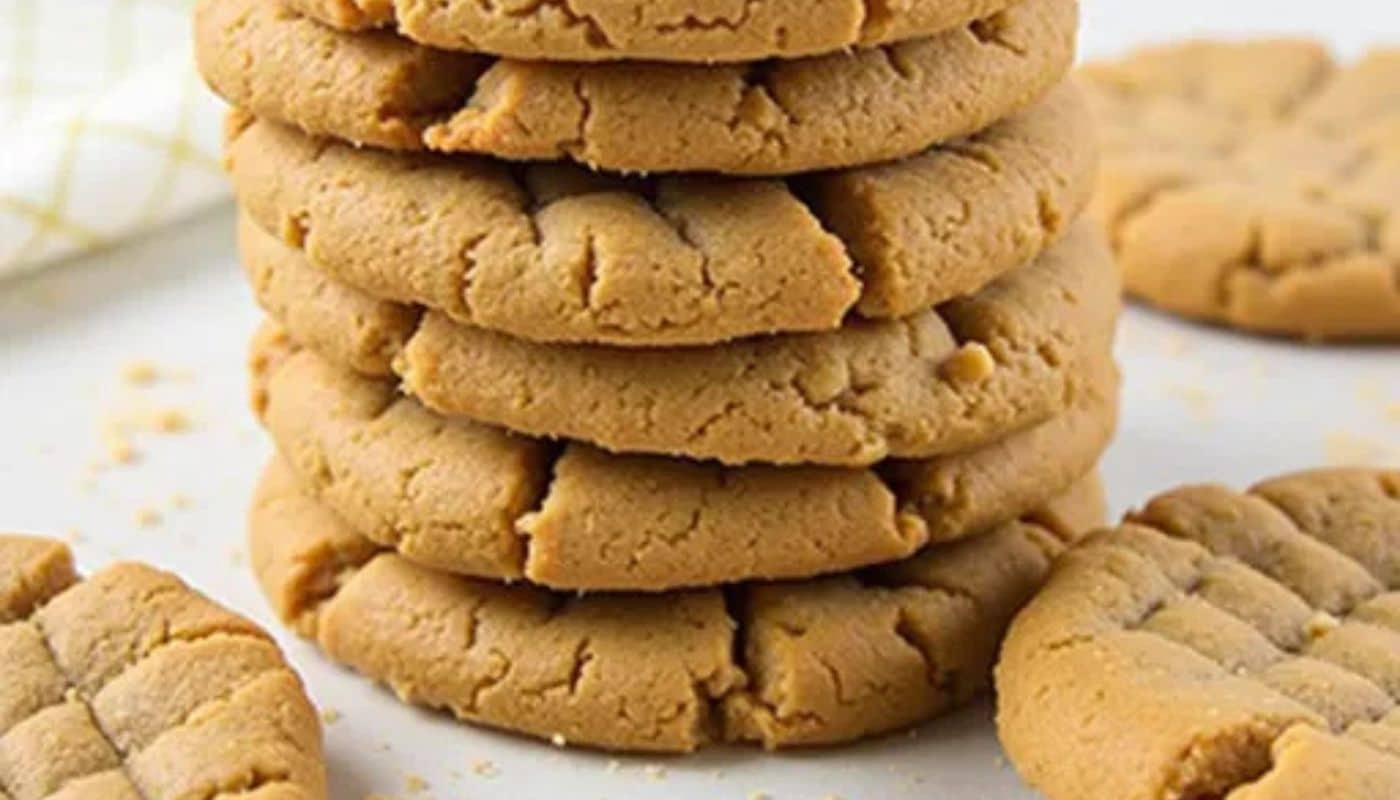Peanut butter cookies hold a special place in the hearts of many. Their rich, nutty flavor and soft, chewy texture make them a go-to treat for cookie lovers everywhere. This article dives deep into the art of crafting thick and chewy peanut butter cookies.
It’s designed for both home bakers and culinary professionals who want to elevate their cookie game.
Why should you care about perfecting this cookie? Well, thick and chewy peanut butter cookies are not just a delightful snack; they are a canvas for creativity. Understanding the science behind these cookies can empower you to adjust recipes to your liking and even create new variations that can impress anyone.
The Science of Cookies
Before we dive into recipes and techniques, let’s talk about the science behind cookies. Cookies are primarily made from flour, sugar, fat, and eggs. The ratios of these ingredients dictate the final texture.
For thick and chewy cookies, you typically want a higher ratio of fat to flour. This helps create that desirable chewiness. Additionally, using brown sugar instead of white sugar can enhance moisture, contributing to the cookie’s thickness. Brown sugar contains molasses, which retains moisture better than granulated sugar.
Ingredients Matter
The Peanut Butter
Not all peanut butters are created equal. Natural peanut butter has a different consistency compared to processed varieties. Natural versions contain just peanuts and salt, while commercial brands often have added sugars and oils. For thick and chewy cookies, creamy peanut butter is usually preferred. It blends well into the dough and contributes to that rich, nutty flavor.
The Sweeteners
Using a blend of sugars can enhance both flavor and texture. Brown sugar adds moisture and chewiness, while granulated sugar can contribute to a slightly crispier edge. Some recipes recommend using honey or maple syrup as well, but be cautious. These liquids can alter the dry-to-wet ratio, leading to unexpected results.
The Eggs
Eggs play a crucial role in binding the dough. For thicker cookies, using a larger egg or even an extra yolk can make a significant difference. The yolk adds richness, while the white contributes to structure.
The Flour
The type of flour you choose impacts texture. All-purpose flour is the most common, but using a bit of bread flour can increase chewiness due to its higher protein content. Be mindful of your measurements; too much flour can lead to dry cookies.
Techniques for the Perfect Cookie
Chilling the Dough
One common mistake is not chilling the dough before baking. Chilling allows the fats to solidify, which can prevent the cookies from spreading too much. Aim for at least 30 minutes in the fridge. This simple step can dramatically improve both thickness and texture.
Baking Time and Temperature
Baking cookies at a higher temperature (around 350°F to 375°F) can help them puff up and maintain their thickness. Keep an eye on them; they typically need around 10 to 12 minutes. The edges should be golden, while the center may appear slightly underbaked. They will continue to cook on the baking sheet after removal.
Common Misconceptions
Many believe that all peanut butter cookie recipes are the same. This couldn’t be further from the truth. Each recipe can yield vastly different results based on ingredient proportions and baking techniques.
Another misconception is that adding more flour will lead to thicker cookies. This can backfire, leading to dry, crumbly textures. Instead, focus on the balance of wet and dry ingredients.
Creative Variations
Once you’ve mastered the classic thick and chewy peanut butter cookie, it’s time to get creative.
Chocolate Chips
Adding chocolate chips is a popular choice. The creamy, melty chocolate complements the nutty flavor beautifully. Consider using dark chocolate for a richer taste or white chocolate for a sweeter profile.
Nuts and Seeds
Chopped peanuts can add an additional crunch and heighten the peanut flavor. You can also experiment with sunflower seeds or even pumpkin seeds for a unique twist.
Spice It Up
Cinnamon or nutmeg can elevate your cookies to another level. These spices add warmth and complexity, balancing the sweetness of the peanut butter.
Serving and Storing
Thick and chewy peanut butter cookies can be enjoyed fresh out of the oven, but they also store well. Keep them in an airtight container at room temperature for up to a week. For longer storage, consider freezing them. They can be frozen for up to three months. Just remember to separate them with parchment paper to prevent sticking.
Nutritional Considerations
While peanut butter cookies are a treat, they can also offer some nutritional benefits. Peanut butter is a good source of protein and healthy fats. However, moderation is key. Being mindful of portion sizes can help balance indulgence with health.
Conclusion
In summary, the journey to creating thick and chewy peanut butter cookies is both an art and a science. By understanding the roles of each ingredient and employing proper techniques, you can craft cookies that are not only delicious but also memorable. Experiment with variations to find your perfect blend of flavors and textures.
For professionals, these cookies can be a staple in your repertoire. They’re versatile, easy to customize, and always a crowd-pleaser. Remember, the key is in the details—measure carefully, chill the dough, and don’t be afraid to experiment. Happy baking!

Emily Rose Johnson is a talented writer known for her captivating storytelling and evocative prose, creating unforgettable characters and compelling narratives in various genres.









